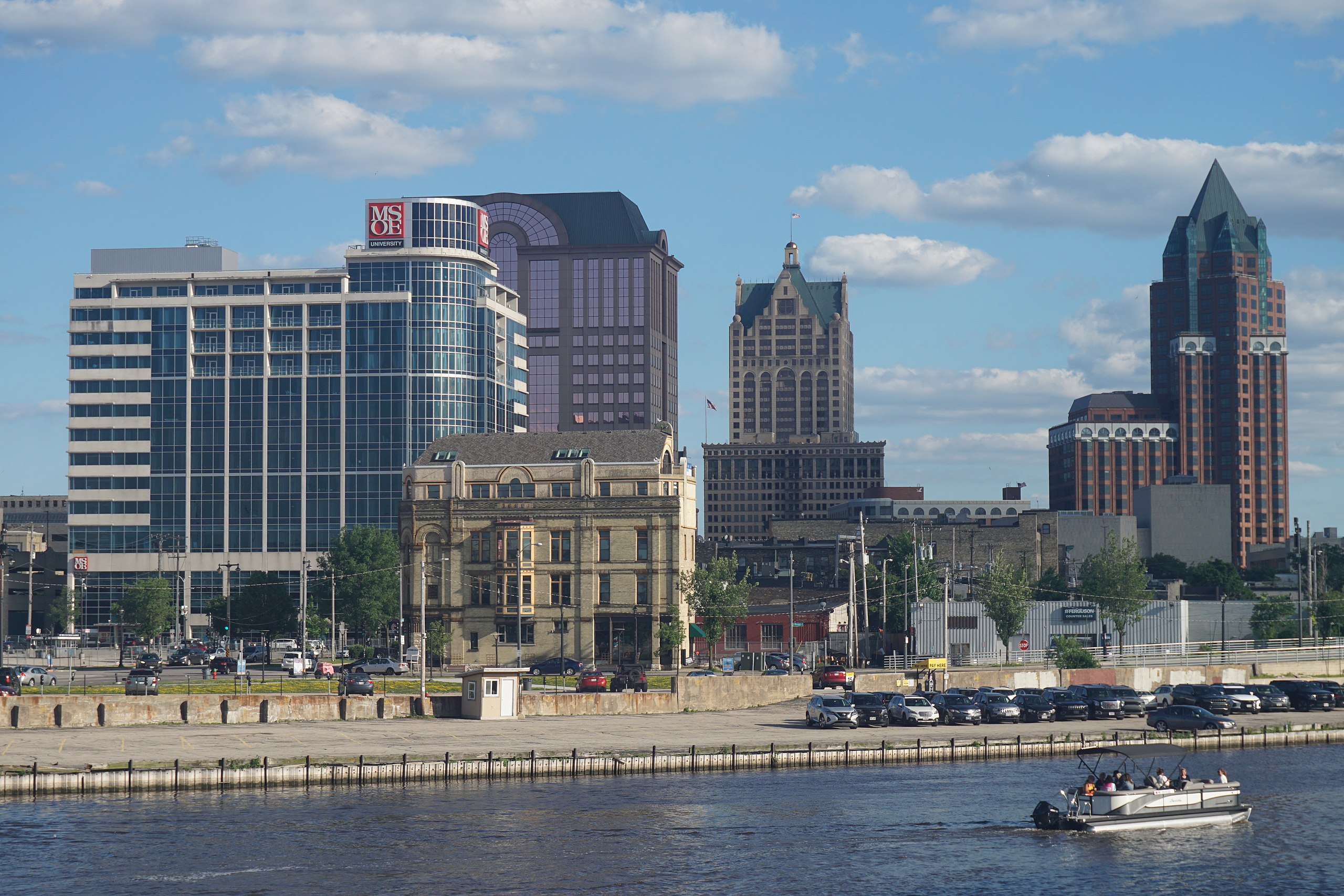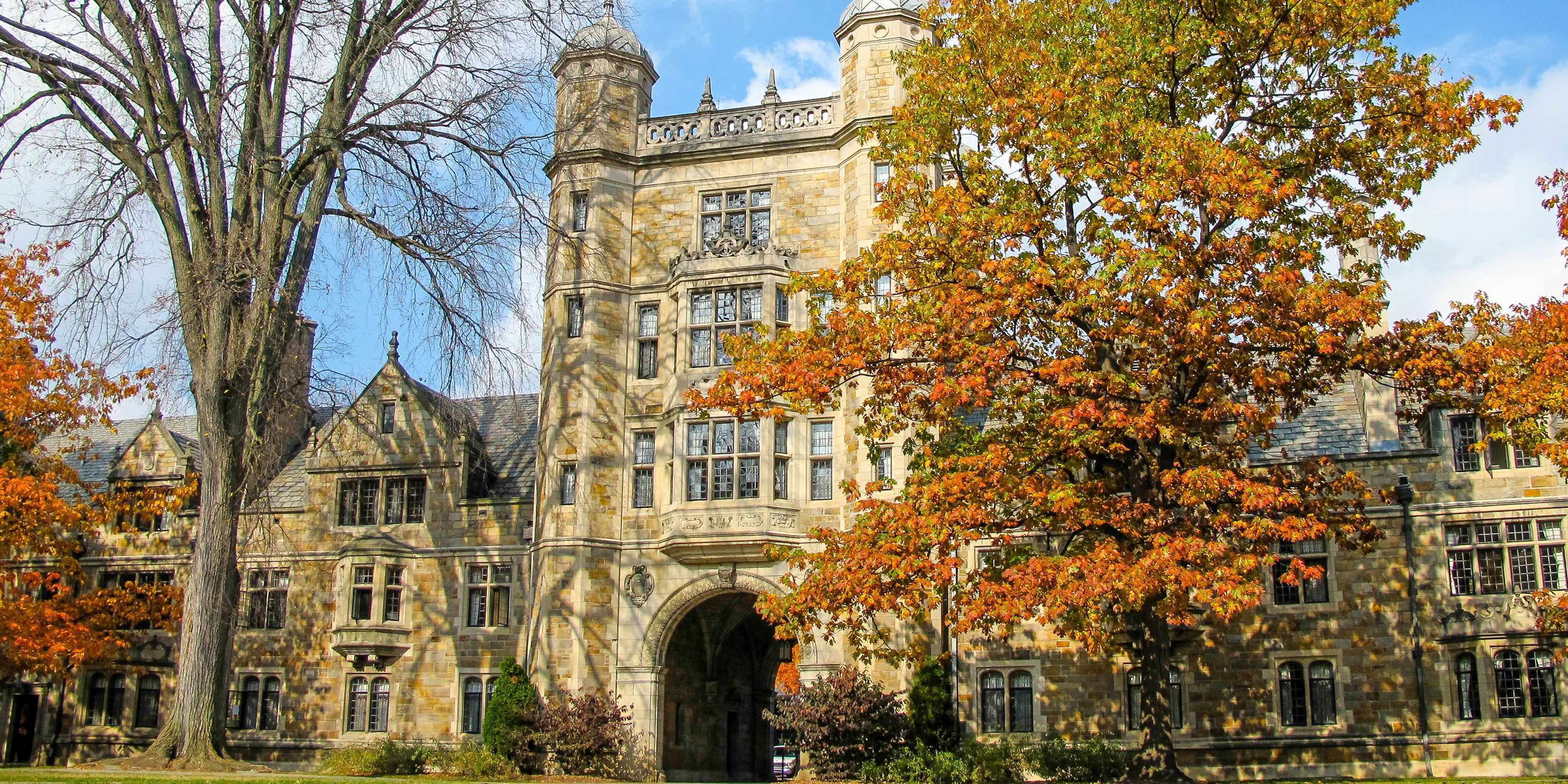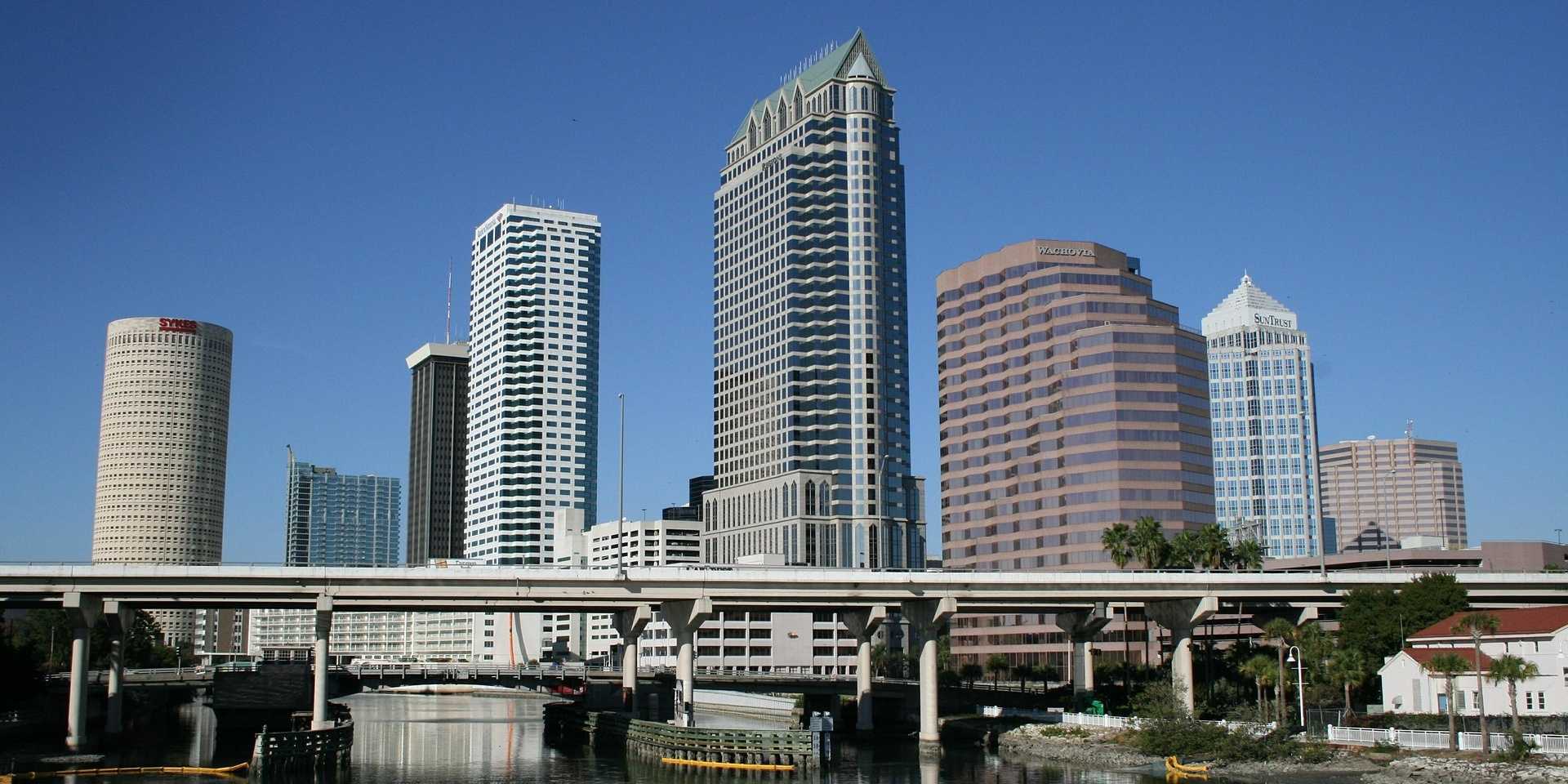This is a satellite offering of our course, Mobilization of Visceral Fascia Level 1: The Urinary System. A satellite means that participants will be gathering in a given location and watching the instructor present remotely on the same screen. During labs, participants will pair up and be guided by the local lab assistants at the satellite course location. It is expected that participants will only register for satellites in which they are within driving distance, and adhere to all state and local COVID guidelines, including wearing a mask at all times during the course.
This course is designed to provide comprehensive knowledge concerning the relationship between the connective tissue surrounding the visceral structures of the urologic system as it relates to the musculoskeletal system.
This course is geared toward the experienced pelvic health therapist who wishes to integrate advanced manual therapy skills into their treatment regime.
-- The fascial system consists of four concentric layers, with the visceral layer, which is the most complex, beginning at the nasopharynx and ending at the anal aperture (1)
-- The abdominopelvic canister is “A functional and anatomical construct based on the components of the abdominal and pelvic cavities that work together synergistically” (2)
-- The walls of the canister, although part of the musculoskeletal system, are intimately connected to the visceral structures found within via fascial and ligamentous connections (3).
-- In order to function optimally the viscera must be able to move, not only in relationship to one another but with respect to their surrounding container (4).
-- Most importantly, the viscera are subject to the same laws of physics as the remainder of the locomotor system with solid structures such as the kidney are particularly affected by blunt force trauma (5, 6).
Material will be presented that includes the science of and evidence behind the use of fascial-based manual therapy with the presentation of relevant visceral and fascial anatomy and their embryologic origins. Emphasis will be placed on clinical reasoning with the goal of immediate implementation of the techniques learned following this introductory course. Students will be instructed in an extensive number of treatment techniques, both external abdominal as well as internal vaginal approaches. Course participants will be able to immediately incorporate evaluation and treatment of visceral fascia for patients with a variety of urinary dysfunction diagnoses.
Prerequisites
Pelvic Floor Level 1 through Herman & Wallace or prior seminar instruction in internal pelvic floor vaginal muscle examinations. All pre-recorded lectures in Teachable for this course must also be watched before the Live Component of the course. See the Schedule tab for the current list of pre-recorded videos
Pre-Course Learning Requirements
10-14 days before the course, participants will receive an invite to join Teachable, an online learning platform. In Teachable, registrants will find video lectures, other pre-course learning materials, course manual files, mandatory liability waiver, and URLs for any Zoom meetings. We require registrants to complete teachable components in sequential order. Videos lectures are required and must be completed in-full before proceeding to the next Teachable section. At the conclusion of the course, registrants can access their post-test and course evaluation form to provide our curriculum team feedback on their experience, as well as download their certificate of completion - all via Teachable
Audience
This continuing education seminar is targeted to physical therapists, occupational therapists, physical therapist assistants, occupational therapist assistants, registered nurses, nurse midwives, and other rehabilitation professionals. Content is not intended for use outside the scope of the learner's license or regulation. Physical therapy continuing education courses should not be taken by individuals who are not licensed or otherwise regulated, except, as they are involved in a specific plan of care.
Required Readings:
1. Horton (2015) Clinical Review: Visceral mobilization for pelvic dysfunction
2. Review of Anatomy Terms
3. Participants should bring an anatomy textbook for reference of the visceral anatomy. If you need to purchase an anatomy textbook Gray's Anatomy for Students is available at a 25% Discount for Herman & Wallace registrants with promo code 70484.
References
1. Willard, F. H. (2012) Visceral fascia. In: Schleip R, Findley TW, Chaitow L, Huijing P (Eds.) Fascia-The Tensional Network of The Human Body. (pp. 53-56). Elsevier, Edinburgh.
2. Lee, D., Lee, L., McLaughlin, L. (2008). Stability, continence, and breathing: The role of fascia following pregnancy and delivery. Journal of Bodywork and Movement Therapies, 12(4), 333-348.
3. Bordoni, B. & Zanier, E. (2013). Anatomic connections of the diaphragm: influence of respiration on the body system. Journal of Multidisciplinary Healthcare, 6, 281–291.
4. Uberoi, R., D'Costa, H., Brown, C., & Dubbins, P. (1995). Visceral slide for intraperitoneal adhesions? A prospective study in 48 patients with surgical correlation. Journal of clinical ultrasound, 23(6), 363-366.
5. Cheynel, N., Serre, T., Arnoux, P-J, Ortega-Deballon P., Benoit L. ,Brunet, C. (2009). Comparison of the biomechanical behavior of the liver during frontal and lateral deceleration.
6. Cox, E. (1984). Blunt abdominal trauma. A 5-year analysis of 870 patients requiring celiotomy. Annals of Surgery. 199(4), 467-474The Journal of Trauma, 67(1), 40-44 Physical Therapy, 68(7), 1082-1086.















